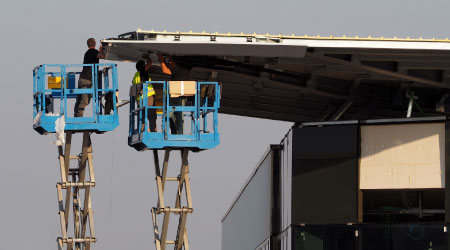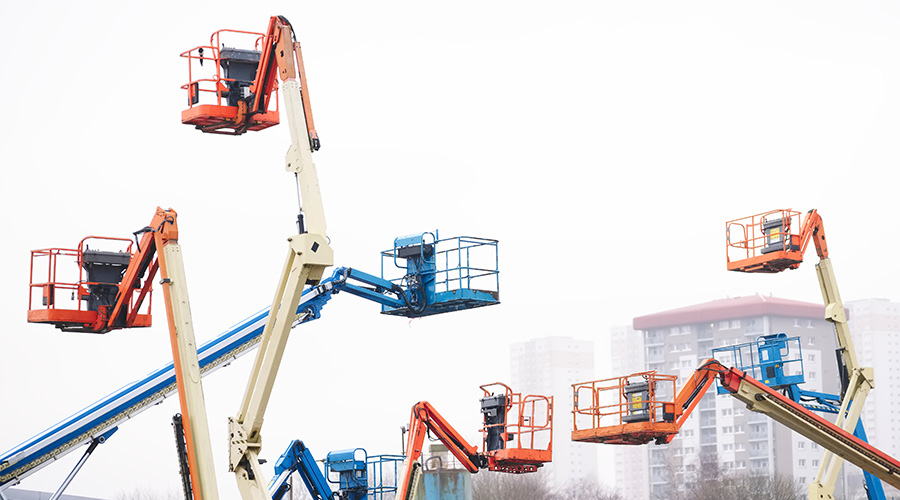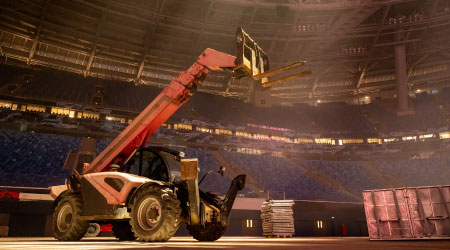Security and Accountability in MRO Parts Storerooms
Ensuring that parts are on hand and available when technicians need them requires control, which is the lynchpin that determines whether a storeroom operates as a stable platform or as an unstable trap door that collapses unexpectedly.
Every retail business exercises control over its goods with safeguards to protect the owner's investment. So why do so many storerooms that support maintenance activities — an essential element in a facility's operations — operate any differently? In too many facilities, the MRO parts storeroom operates like an unstaffed convenience store.
MRO parts storerooms should be walled or fenced off from surrounding areas. The walls should be high enough to prevent entry using ladders or other means. Storerooms should have lockable gates and doors, and restrict entry to as few people as possible.
Door locks should incorporate key-card technology that many companies use to limit building access. When possible, managers should provide 24/7 coverage or have dayshift coverage by a storeroom operator.
No parts should leave a storeroom, a satellite or a warehouse holding larger, palletized parts without being accounted for. For the main storeroom, a bar-code-capable CMMS should handle all transactions quickly and accurately.
For other locations, if a scanner can be placed securely, technicians can remove parts using the same technology. Otherwise, each item can have extra tags stored with it. The technician affixes the extra tag to the work order upon removing the part.
Bar-code technology updates the inventory database when the scanner is downloaded, so inventory quantities remain accurate. Neither clipboards with sign-out sheets nor check-out chits tend to work as well.
In an emergency where parts must be located and installed quickly, the technician can leave the inventory label, the box the part came in, a belt sleeve, or the replaced, broken part on the storeroom operator's desk and follow up later.
The storeroom is now well on its way to meeting lean and reliable standards. As managers implement these rules, technicians can practice enforcing them during the day-to-day, routine activities
of the storeroom.
The result is that the MRO parts operation is lean and reliable because the required parts are in-house, on hand in sufficient yet minimum quantities, and located and retrieved quickly when needed. The reordering, purchasing, receiving, and restocking functions are accurate, efficient, timely, and cost-effective.
Frank Murphy, CPMM is the founder and president of Inventory Management Services Inc. of Greenville, S.C.
Related Topics:














